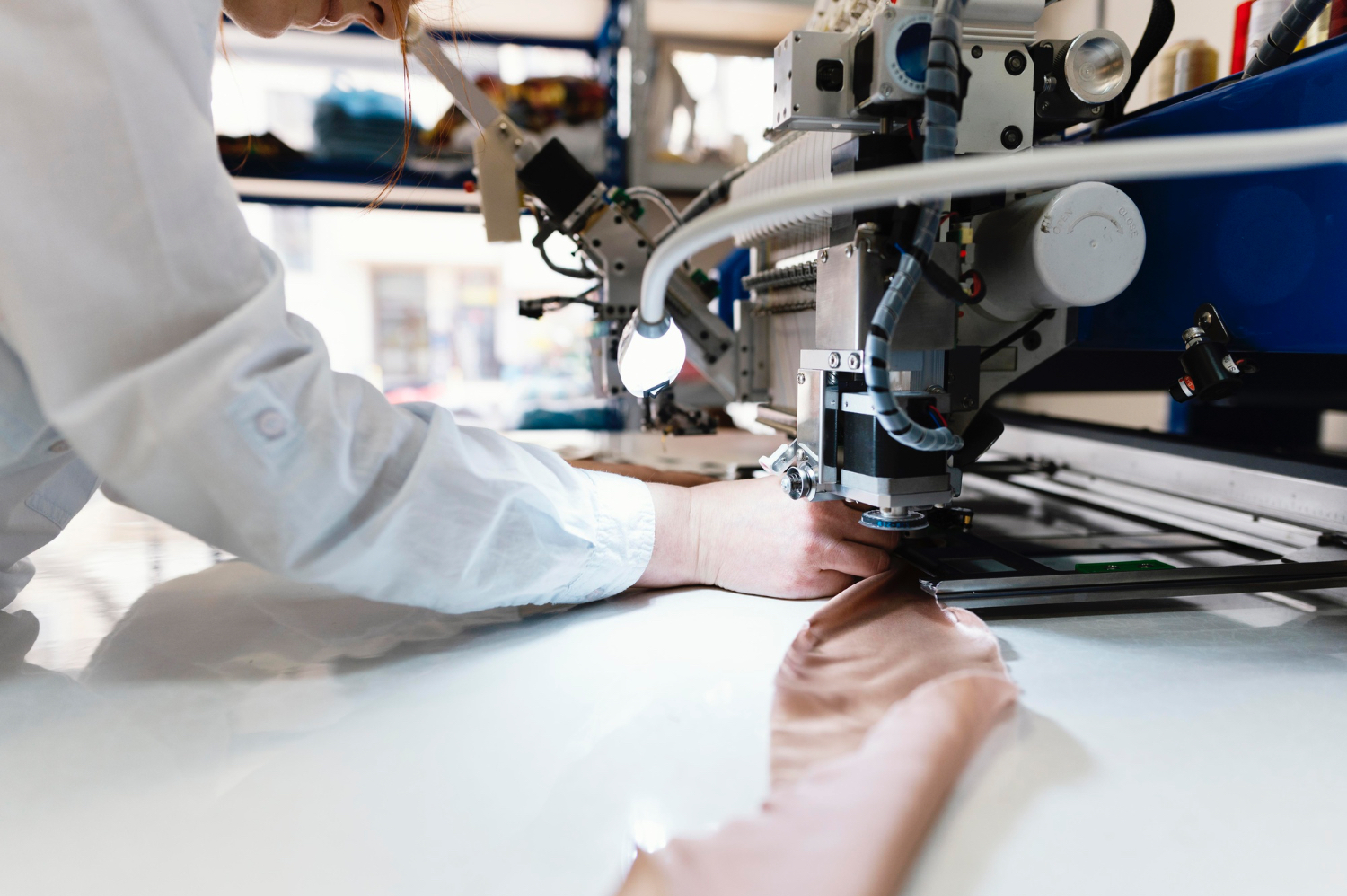Automation and Robotics
One of the most notable advances in clothing manufacturing has been the increasing automation of processes. Modern textile factories are adopting robots and automation systems to perform tasks that were previously performed by human workers. These robots are capable of cutting, sewing and assembling garments efficiently and accurately, which has increased production speed and reduced labor costs. Additionally, automation allows for greater flexibility in production, allowing fashion brands to quickly adapt to changing market demands.
Textile 3D Printing
3D printing technology is not just limited to the world of electronics and engineering. In clothing manufacturing, 3D printing has gained prominence by allowing the creation of personalized garments and unique designs. This technology uses special textile materials to print garments layer by layer, eliminating the need to cut and sew fabrics. This not only reduces material waste, but also gives designers greater creative freedom. 3D printing is also being used to create innovative textiles with specific properties, such as water resistance or the ability to adapt to body temperature.
Smart Fabric and Advanced Materials
Advances in nanotechnology and materials chemistry have given rise to smart fabrics and advanced materials that are transforming the fashion industry. These materials can have surprising properties, such as the ability to self-heal, stain resistance, or even the ability to change color. Smart textiles are also incorporating sensors and electronic circuits, enabling the creation of interactive garments that monitor the wearer's health, physical activity, and comfort. This opens up new possibilities in terms of technological fashion and wearables.
Sustainability and Waste Reduction
The fashion industry has been under scrutiny due to its environmental impact, but technology is playing a key role in reducing this impact. Sustainable clothing manufacturing is becoming more accessible thanks to innovations in textile machinery. The recyclability of materials, waste reduction and the use of cleaner technologies, such as waterless dyeing, are changing the way clothing is produced. Additionally, artificial intelligence is being used to optimize the supply chain, reduce excess inventory, and minimize unsold waste.
Customization and On-Demand Production
Technology has also made it possible to produce custom-made and on-demand clothing. With the use of body scanners and design software, consumers can customize their clothing to their individual preferences. This not only reduces excess inventory and waste, but also meets the growing demand for unique and personalized products.
In summary, technology has had a significant impact on clothing manufacturing, transforming the fashion industry into a more efficient, sustainable and innovative sector.
As technology continues to advance, we are likely to continue to see profound changes in the way clothing is designed and produced, opening up new opportunities for creativity, sustainability and customization in the fashion industry. These innovations not only benefit brands and manufacturers, but also offer consumers a more exciting and personalized shopping experience in an increasingly technology-driven world.



Follow Us